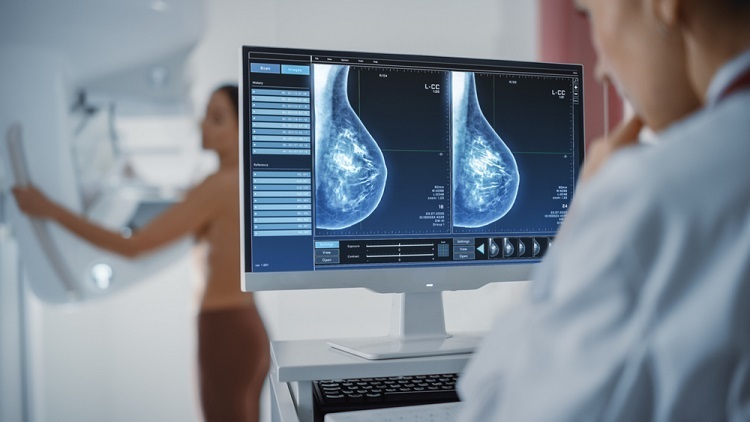A mammogram can save your life. Breast cancer is the second most common type of cancer for women in the United States, after skin cancer. Thankfully, early screening can help diagnose and successfully treat breast cancer. For the unversed, a mammogram is an imaging test of breasts to detect abnormalities in breast tissues. It remains the most accurate way of diagnosing breast cancer. Every woman above 45 should go for an Idaho mammography screening at least once in two years. Below is an overview of mammograms.
Table of Contents
The basics
If your doctor orders a mammogram as a part of your routine medical examination, you will have to undergo a screening mammogram. If there is a lump or other evident signs of breast cancer, your doctor will order a diagnostic mammogram, which is more extensive. A mammogram can detect breast cancer long before a lump is formed. Coupled with self-examinations every month, this could be the best way to beat breast cancer.
Going for a mammogram
A mammogram is a type of X-ray, and therefore, your body would be exposed to a small amount of radiation. The whole procedure from start to finish shouldn’t take more than 30 minutes. If you are pregnant or breastfeeding, let your doctor know. They will typically suggest other types of imaging tests to screen for breast cancer. People often complain of discomfort during a mammogram because the breast must be compressed to get clear images. The compression or pressure on the breast only lasts for a few seconds. If you are uncomfortable or feeling pain, let the technician know.
What are the types of mammograms?
Two types of mammograms are typically done to detect breast tissue abnormalities – 2D and 3D. A 2D mammogram is more common, but doctors often also order a 3D mammogram together to get clear images. In the case of a 3D mammogram, the machine takes a series of images from different angles to create a unique 3D image of the breast. If you have breast implants or dense breast tissues, you will need a 3D mammogram. As we mentioned, doctors may often order both types of mammograms to eliminate the need for further tests.
Getting the report can take a while. Some testing facilities can give mammogram reports within a day, while some labs can take as long as a week. Understanding the report can be hard, and therefore, wait for your doctor to explain everything. If you are at risk of breast cancer, your doctor may ask for period screenings.


